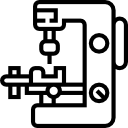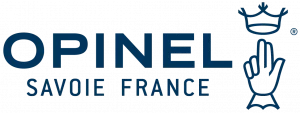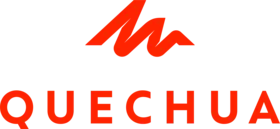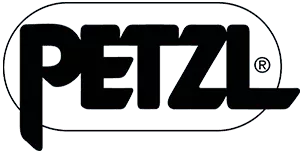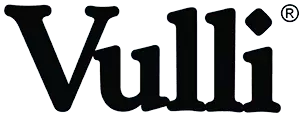Maquettes & Prototypes pour l'industrie
"Du concept à l'objet" Notre savoir faireVous avez un projet ?Model’Alp
années d'expérience
clients
Bienvenue chez Model'Alp
Depuis sa création en 1993, Model’Alp s’est spécialisée dans divers domaines dans l’industrie, que ce soit dans la réalisation de maquettes, dans le prototypage rapide, le posage de maintien, l’impression 3D (fabrication additive), la réalisation de pièces souples sur mesure en silicone & polyuréthane et en outils de contrôle.
Nous utilisons les dernières technologies et développons de nouvelles solutions afin de répondre au mieux à vos besoins en qualité, précision et délai.
Du concept à l’objet, nous vous accompagnons dans toutes les étapes de votre projet avec nos partenaires : Etudin’3D et LG3D.


